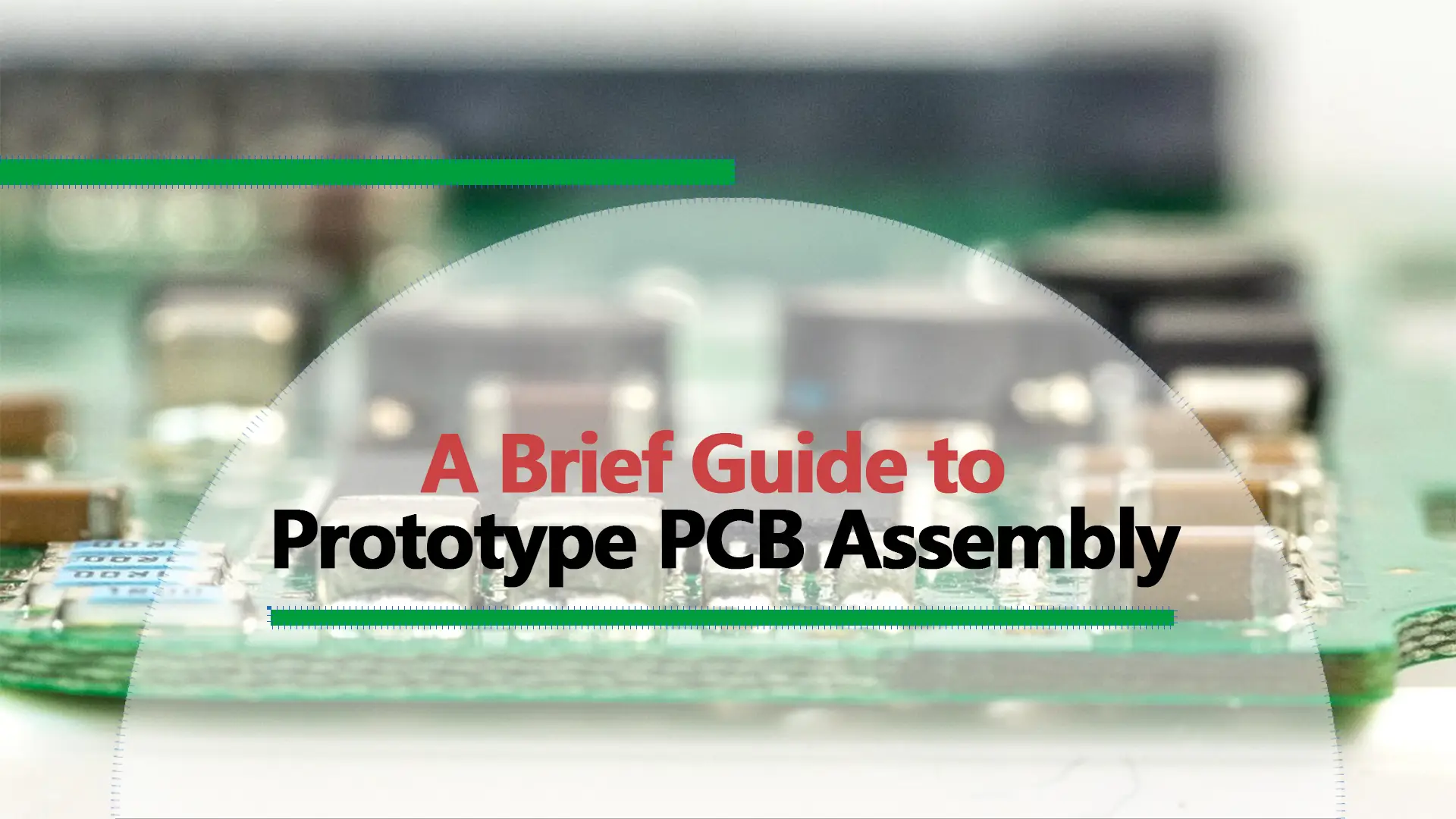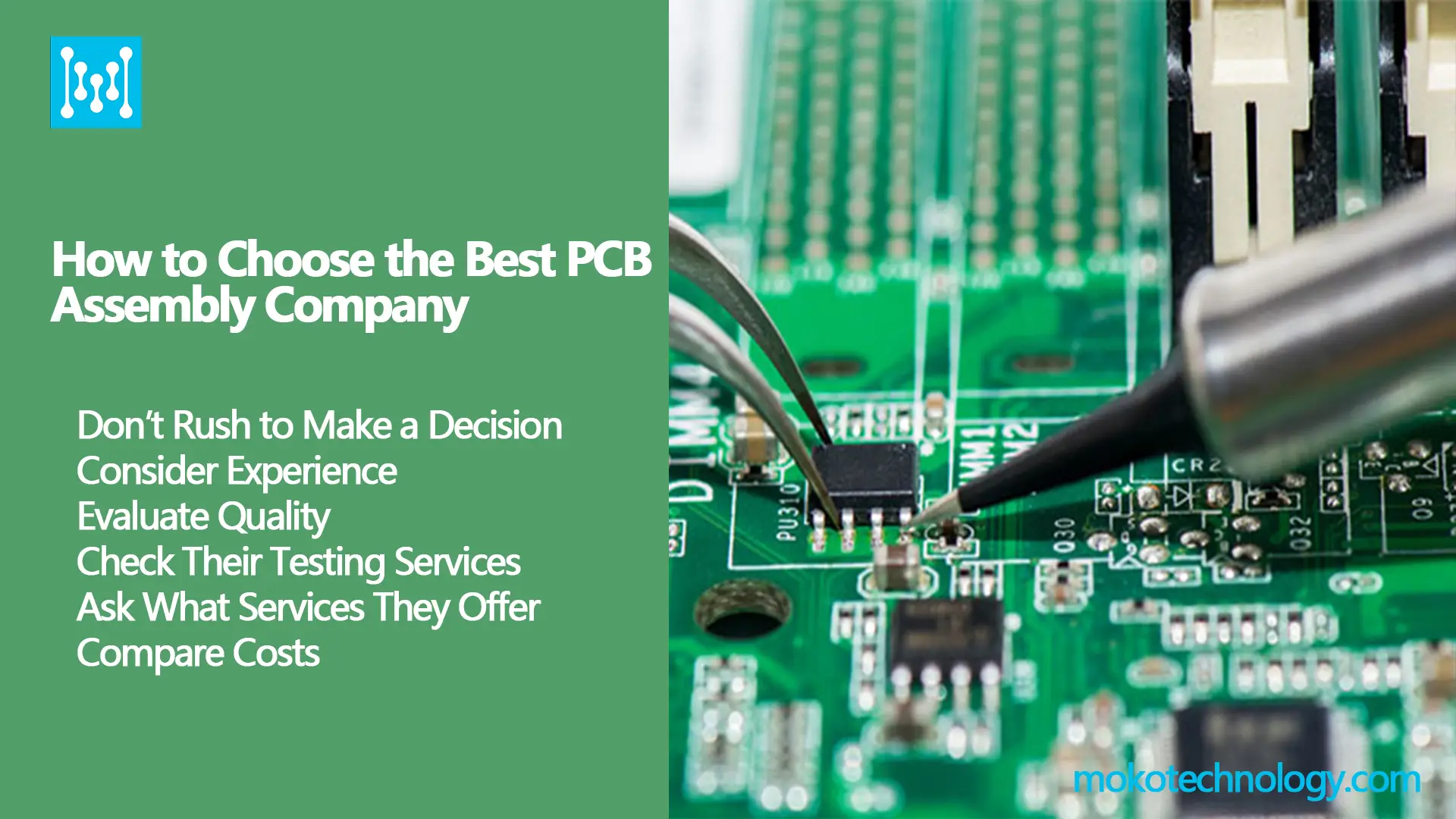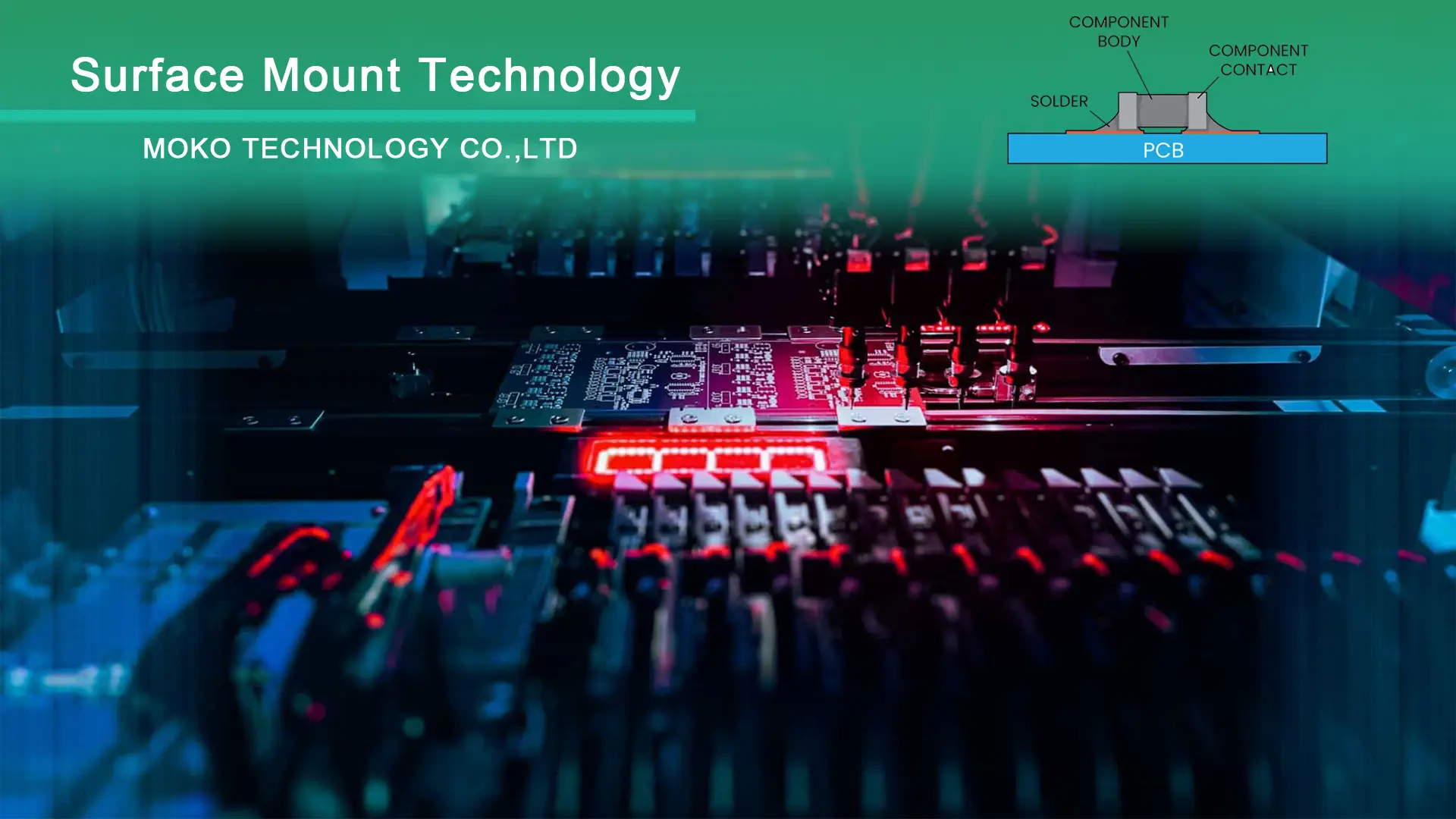If the space required is too much, a top-layer microstrip is probably better than a buried one. Using a thinner dielectric layer to allow you to reduce the trace width, rather than burying the microstrip.
One scenario where the buried microstrip (or stripline) would be better if the board were used where there are conductive materials (like the lid of the enclosure) close enough to the board to disturb the impedance of a top-layer microstrip.
There are advantages to a wider microstrip line:
- It can handle higher power (not likely an issue for Bluetooth).
- It have better impedance control due to etching errors being smaller relative to the trace width.
The trade-off is of course the board area used. You need to consider not just the trace width, but also the desire for 3-5 trace widths of clearance around the trace to maintain controlled impedance.
Czytaj więcej: Produkcja elektroniki IoT
#PCB Assembly #PCB Design



